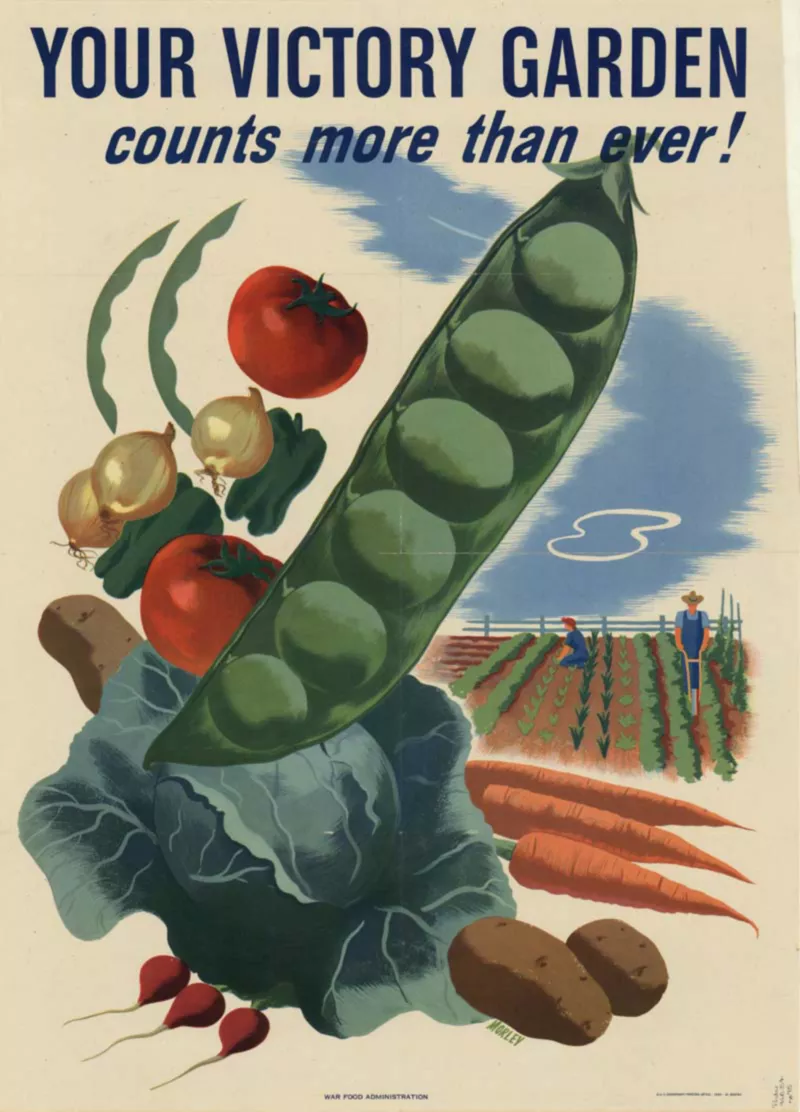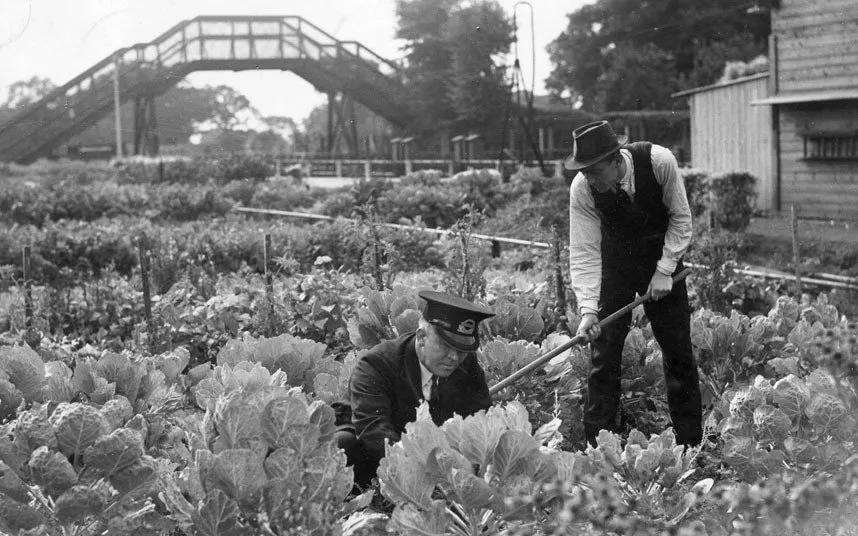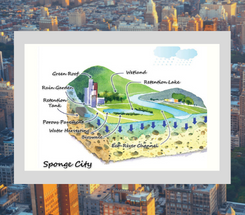The Rise of Urban Farming during WW2
In the year 2050, it is expected that 7 out of 10 people will be living in cities. With an increasing portion living in urban areas and a projected population of 9.7 billion in just the next thirty years, demand for food and hence farmland will certainly become apparent. In spite of this, erosion caused by the continual ploughing of fields and pollution from heavy use of fertilizers, has destroyed a third of earth’s arable land. Given the benefits of eliminating long transport routes and minimizing the consumption of water and arable land, urban agriculture has regained popularity in the past decade and is wide-ranging, from inner city vegetable gardens, rooftop greenhouses to complex vertical farming systems.
Urban agriculture has regained popularity in the past decade and is wide-ranging.

There is a common misunderstanding that urban farming is a new concept. However, urban agriculture in North America and Europe has its roots in times of crisis. In the United States during the world war, food prices soared and meatless and wheatless days were introduced to cut consumption. When it became apparent that food production needed to be increased, the National War Garden Commission was formed in order to urge American citizens to plant their own vegetable gardens to contribute to war efforts. Having launched a series of posters, cookbooks and manuals, more than twenty million families planted these ‘victory gardens’ and by 1944, they had grown forty percent of the country's vegetables. Meanwhile in Europe, serious food shortages due to pre-war crop failures and previous dependence on imported food, and exacerbated by the decision to divert increasing amounts to feed Allied troops, led many to adopt urban agriculture out of necessity. Similarly, in Spain, during the economic crisis, the proportion of allotment plots and community gardens increased six-fold between 2006 and 2014.
Today, urban agriculture is experiencing burgeoning popularity as stated by Jan Vydra, co-founder of Australian Fresh Leaf Herbs, “Consumers want a sound understanding of where and how food is farmed, processed and delivered. Factors like fresher ingredients, organic production, as well as local and ethically sourced products are important.” Apart from private cultivation, however, there are hardly any places where agriculture takes place on a larger scale in cities. With millions of square meters of unused roof space, why aren’t they being utilized to cultivate crops?
Downsides of urban farming
Unsuitable Building Structure: Putting crops in tubs on a roof whilst watering them daily can quickly achieve 300 kilograms per square meter. In reality, most buildings are simply unable to support that. Furthermore, not every type of agricultural cultivation is structurally possible. A workaround is to grow plants in substrates such as pumice or compost, as these are much lighter than soil, or in hydroponic systems, where the nutrient supply is provided directly via a nutrient solution.
High operating costs: In developed countries, lack of space and absence of economic incentives limit increase in crop production. If urban agriculture is to contribute to food security, new technologies must be implemented that enable high yielding operations, without the need for large plots of vacant land, like the vertical farming method.
Benefits of urban farming
Minimal water and pesticide: Hydroponic systems use 70% less water in comparison to traditional open-field farming methods, it provides year-round production and can be controlled without the use of pesticides. As a significant amount of agricultural emissions are attributed to transport, urban farming naturally reduces the food miles or the distance food is transported from the time of its making until it reaches the consumer.
Urban agriculture is also associated with considerable ecological, social and health benefits and can increase biodiversity and counteract the heating of cities. Green roofs which show high absorption grades, can reduce the propagation of noise over a large area.
The future of urban farming is still at the making!
In Hong Kong, initiatives like Rooftop Republic, a local social enterprise which promotes urban farming, has set up more than 60 farms across the city -- on decommissioned helipads, shopping mall rooftops and public terraces.
Today, urban agriculture produces 15 to 20 percent of the world’s food supply and despite the downsides of urban farming, with new technology-based approaches in food production, the future of urban farming is still at the making!




